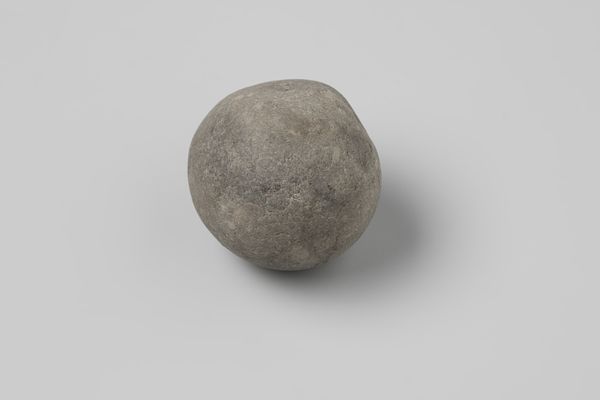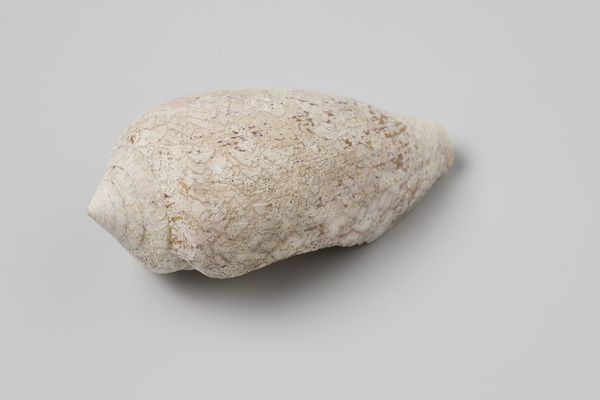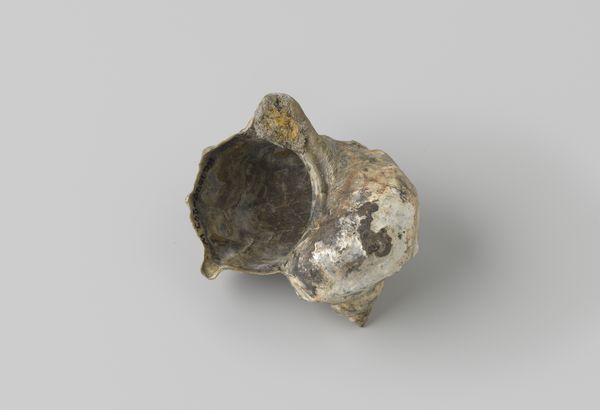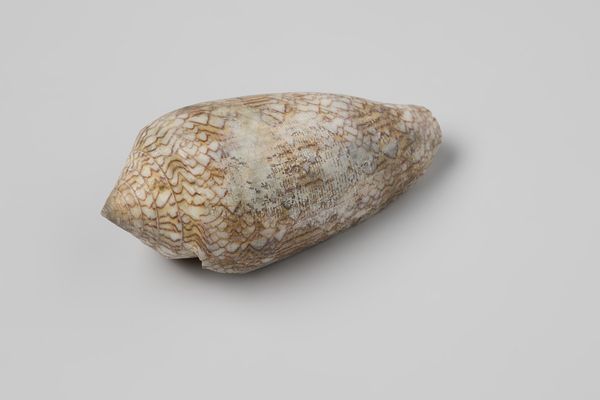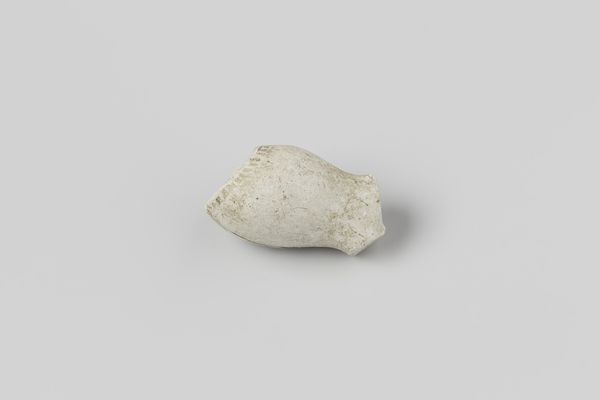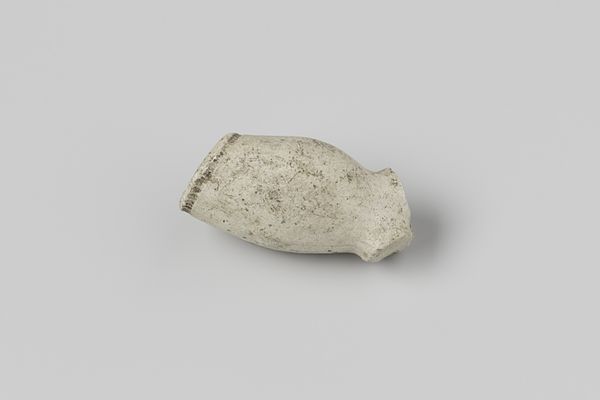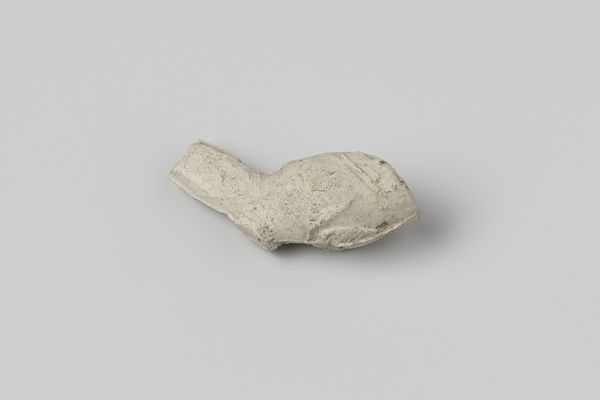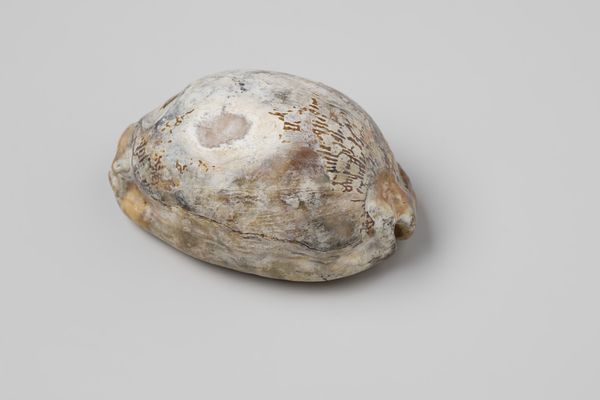
assemblage, found-object, sculpture
#
dutch-golden-age
#
assemblage
#
found-object
#
sculpture
#
matter-painting
Dimensions: height 19.5 cm, width 19 cm, depth 19 cm
Copyright: Rijks Museum: Open Domain
Editor: This is a “Brok concretie uit V.O.C.-schip de 'Witte Leeuw'”, dating to before 1613. It’s essentially an assemblage, a sculpture formed from found objects recovered from a shipwreck. I find it fascinating that something so seemingly mundane can hold so much historical weight. How would you interpret this work from a historical point of view? Curator: Indeed, it's much more than a mundane object. It represents a collision of nature, commerce, and colonial history. Think about the Dutch East India Company, the VOC. It was a massive, powerful entity shaping global trade and, of course, leaving a wake of exploitation. This concreted mass isn’t just debris; it's petrified cargo, a relic of ambition and risk. How does its physical presence inform your understanding? Editor: I guess it's a tangible link to the past, a physical record of a specific historical moment, like a fossil. But it also looks like an alien landscape, like a moon rock, indifferent to human narratives. Does the museum's decision to display it change the way we understand its worth, elevating it from junk to artifact? Curator: Absolutely. Museums play a crucial role in assigning value. By displaying this object, the Rijksmuseum invites us to contemplate the Witte Leeuw's story, the sailors' lives, and the human cost of empire. Its display is not just about preserving the past but shaping a particular understanding of it, inviting reflection on uncomfortable truths about globalization's origins. The way we choose to preserve and present artifacts always has political implications. Editor: I hadn't considered that. So it's not just about the object itself, but the narrative the museum is constructing around it. That really shifts my perspective. Curator: Precisely! It's a potent reminder that history is never neutral; it's always filtered through contemporary lenses and power structures. Editor: That’s definitely something I’ll be pondering. Thanks for unpacking that.
Comments
No comments
Be the first to comment and join the conversation on the ultimate creative platform.


